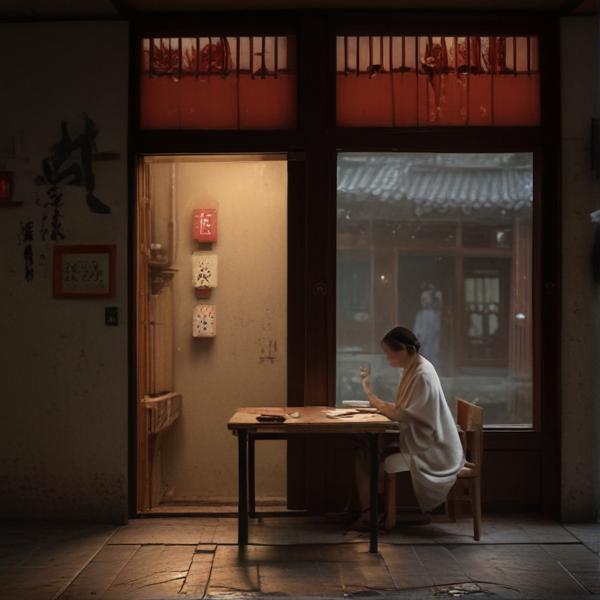基本信息 (Basic Information)
含义与用法 (Meanings & Usage)
中文核心释义 (Core Chinese Meaning): 量词,表示来回的次数;动词,意为涉水、走过。
英文核心释义 (Core English Meaning): Measure word for the number of times (a trip, round), or as a verb, to wade or step through (e.g., water).
象形意义 / 为何这么写 (Pictographic Meaning / Writing Rationale)
文言文释义 (Classical Chinese Meaning)
与现代意义相近,多指走过、经过或回次。Similar to modern meaning, mostly referring to passing by, traversing, or number of trips.
深入学习 (In-depth Study)
字源故事 (Origin Story)
字形演变 (Character Evolution)
常用词语和例句 (Common Words & Examples)
一趟 (one trip; once (a journey))
我今天去了一趟超市。
Eng: I made a trip to the supermarket today.
跑趟 (to make a trip (by running or hurrying))
你能帮我跑趟银行吗?
Eng: Could you make a trip to the bank for me?
趟水 (to wade through water)
小孩们在河里趟水玩耍。
Eng: The children are playing by wading in the river.
相关成语 (Related Idioms)
相关成语信息待补充。Related idiom information pending.
多语言翻译 (核心释义) (Translations (Core Meaning))
- French: fois (trajet), traverser (l'eau)
- German: Mal (eine Strecke), durchqueren (Wasser)
- Spanish: vez (viaje), vadear (agua)
- Italian: volta (viaggio), guadare (acqua)
- Portuguese: vez (viagem), atravessar (água)
- Russian: раз (поездка), переходить (через воду)
- Arabic: مرة (رحلة)، يَعْبُر (الماء)
- Persian: بار (سفر)، عبور کردن (آب)
- Dutch: keer (reis), door het water waden
- Polish: raz (podróż), brodzić (przez wodę)
- Vietnamese: lần (chuyến đi), lội qua nước
- Ukrainian: раз (подорож), переходити (через воду)
视频学习资源 (Video Learning Resources)
通过以下链接在热门视频网站搜索 "趟" 的更多讲解:
Search for more explanations of "趟" on popular video sites:
- 在 Bilibili.com 搜索 "趟 字源 说文解字" (Search on Bilibili)
- 在 YouTube.com 搜索 "趟 character origin etymology" (Search on YouTube)
网络参考 (Web References for "趟") ()
网络搜索信息待获取。Web search information pending.
更多图片 (趟 More Images) ()
